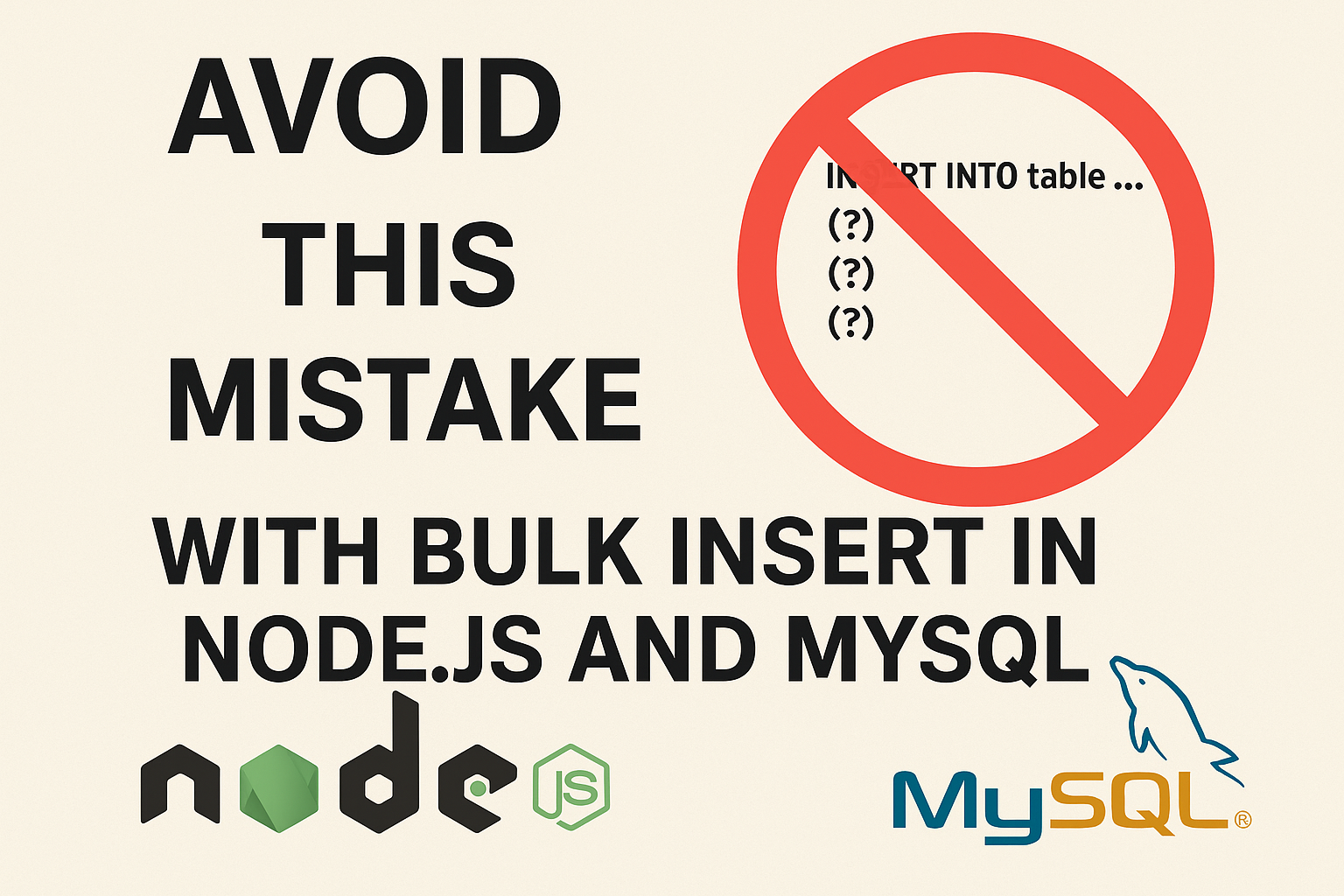AWS Cloudfront – speed up your website both download and upload
Using Amazon CloudFront with an Amazon S3 bucket as the origin can significantly speed up downloads of video files by caching content at edge locations close to users. However, it’s important to note that CloudFront primarily enhances download performance (content delivery) rather than uploads. Let’s break down both aspects:
1. Speeding Up Downloads with CloudFront

- Global Edge Network: CloudFront uses a global network of edge locations to cache video files, reducing the distance data needs to travel. When a user requests a video, the request is routed to the nearest edge location, minimizing latency and providing faster access to the content.
- Optimized Caching: Frequently accessed content is cached at edge locations, so subsequent requests are served from the cache, further improving download speeds.
- High Performance: CloudFront is designed to handle large volumes of data, ensuring that video files are delivered quickly even during peak traffic times.
2. File Upload Strategy: S3 Transfer Acceleration vs. CloudFront PUT/POST

- For files smaller than 1GB: It is recommended to use Amazon CloudFront’s
PUT/POSTcommands for optimal performance. CloudFront can efficiently handle smaller files, and its global edge locations ensure fast uploads. - For files larger than 1GB: S3 Transfer Acceleration is the better choice. It optimizes the TCP protocol and intelligently routes data between the client and S3, resulting in higher throughput and faster uploads, especially for larger files. This is particularly beneficial when transferring data over long distances.
Combining CloudFront for Downloads and S3 Transfer Acceleration for Uploads
- Speeding Up Both Uploads and Downloads: If you need to optimize both uploads and downloads, you can use a combination of S3 Transfer Acceleration (for faster uploads) and CloudFront (for faster downloads). This way, users benefit from reduced latency and faster performance in both directions.
Conclusion
- Downloads: CloudFront significantly improves download speeds for video files by caching them at edge locations close to your users.
- Uploads: CloudFront does not inherently speed up uploads. For faster uploads, consider enabling S3 Transfer Acceleration.
By leveraging CloudFront for downloads and S3 Transfer Acceleration for uploads, you can optimize both aspects of video file handling in your application.
Announcing Amazon CloudFront Support for POST, PUT and other HTTP Methods
https://aws.amazon.com/about-aws/whats-new/2013/10/15/amazon-cloudfront-now-supports-put-post-and-other-http-methods/
Posted On: Oct 15, 2013
We are excited to announce that Amazon CloudFront, AWS’s easy-to-use and cost-effective content delivery service, has expanded its capabilities to now allow you to upload content to your web servers. This release adds support for five additional HTTP methods, including POST, PUT, DELETE, OPTIONS and PATCH. This means you can improve the performance of dynamic websites that have web forms, comment and login boxes, “add to cart” buttons or other features that upload data from end users. It also means you can now use a single domain name to deliver your whole website through CloudFront thereby accelerating both the download and upload parts of your website.
You can use existing Amazon CloudFront distributions for upload requests by simply enabling support in the AWS management console. When end users upload content, CloudFront will send the upload request back to the origin web server (such as an Amazon S3 bucket, an Amazon EC2 instance, an Elastic Load Balancer, or your own origin server) over an optimized route that uses persistent connections, TCP/IP and network path optimizations.
There are no minimum usage commitments or long-term contracts to use CloudFront for uploading content. You simply pay for the data transfer and requests for what end users actually upload with the service. Data transfer prices for uploaded content are as much as 83% lower than the price for content downloads. Detailed pricing information is available on the Amazon CloudFront Pricing Page (see Regional Data Transfer Out to Origin table).
You can learn more about Amazon CloudFront’s support for these new HTTP methods by visiting the Amazon CloudFront Detail Page or by reading the Amazon CloudFront Developer Guide. You can also attend our webinar “Using Amazon CloudFront to Accelerate Your Static, Dynamic, and Interactive Content” on November 7, 2013 at 10AM PDT to learn more.





